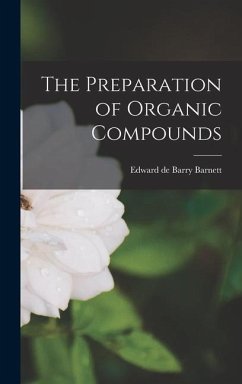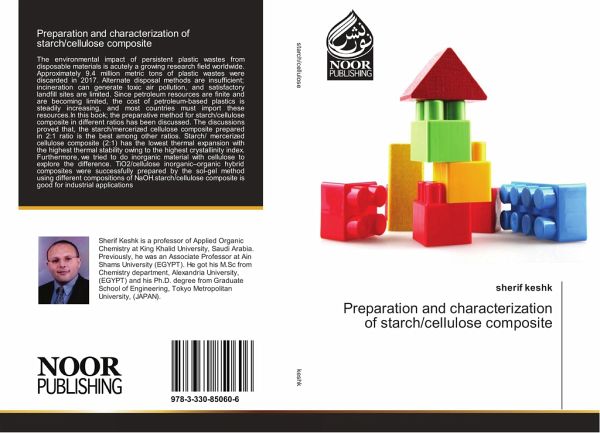
Preparation and characterization of starch/cellulose composite
Versandkostenfrei!
Versandfertig in 6-10 Tagen
37,99 €
inkl. MwSt.

PAYBACK Punkte
19 °P sammeln!
The environmental impact of persistent plastic wastes from disposable materials is acutely a growing research field worldwide. Approximately 9.4 million metric tons of plastic wastes were discarded in 2017. Alternate disposal methods are insufficient; incineration can generate toxic air pollution, and satisfactory landfill sites are limited. Since petroleum resources are finite and are becoming limited, the cost of petroleum-based plastics is steadily increasing, and most countries must import these resources.In this book; the preparative method for starch/cellulose composite in different rati...
The environmental impact of persistent plastic wastes from disposable materials is acutely a growing research field worldwide. Approximately 9.4 million metric tons of plastic wastes were discarded in 2017. Alternate disposal methods are insufficient; incineration can generate toxic air pollution, and satisfactory landfill sites are limited. Since petroleum resources are finite and are becoming limited, the cost of petroleum-based plastics is steadily increasing, and most countries must import these resources.In this book; the preparative method for starch/cellulose composite in different ratios has been discussed. The discussions proved that, the starch/mercerized cellulose composite prepared in 2:1 ratio is the best among other ratios. Starch/ mercerized cellulose composite (2:1) has the lowest thermal expansion with the highest thermal stability owing to the highest crystallinity index. Furthermore, we tried to do inorganic material with cellulose to explore the difference. TiO2/cellulose inorganic-organic hybrid composites were successfully prepared by the sol-gel method using different compositions of NaOH.starch/cellulose composite is good for industrial applications



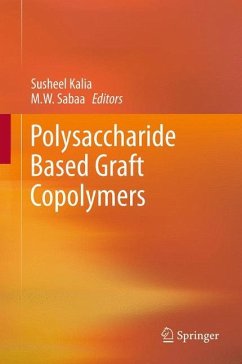
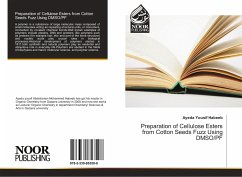
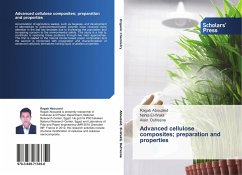



![Some Novel [1,2,4]-triazol Derivatives Cover Some Novel [1,2,4]-triazol Derivatives](https://bilder.buecher.de/produkte/54/54370/54370354n.jpg)

